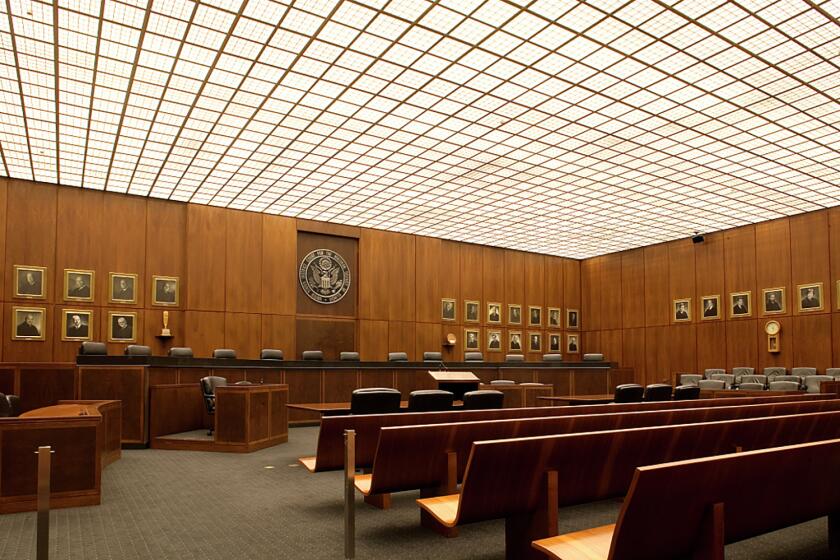A school reform that isn’t
When the Los Angeles Unified School District board approved an initiative in 2009 that lets outside operators apply to run some of the lowest-performing schools, it included a provision for advisory votes by parents, teachers, neighbors and in some cases students as a way to give the public some say in reform at their schools. Two rounds of voting, however, have produced low turnout and disappointing results. Many voters were ill-informed about their choices, and there were troubling attempts to unduly influence the outcomes. It’s time to jettison the process.
The votes looked unpromising from the start. They were pushed through as a way to weaken the Public School Choice initiative, which attempts to improve academic performance by allowing teacher groups, charters and other organizations to draw up competing proposals to run the affected schools. These advisory votes make what should be a strictly educational choice into a political one and put pressure on the superintendent and school board to make decisions that might not be best for students.
The first advisory elections, in 2010, were chaotic, with informational meetings that resembled anything-goes political rallies. Parents were lobbied and sometimes intimidated by teachers who opposed turning schools over to charter operators; some parents were even handed fliers falsely warning that they would be deported if a charter school were chosen. To the district’s credit, it tried mightily to improve things during the second round, in January, which will bring about management changes at 13 schools. The League of Women Voters oversaw the elections; applicants were told their proposals could be declared invalid if they engaged in forbidden electioneering or intimidation.
Things improved significantly, but not enough. Misdeeds were still common, according to a report by the League of Women Voters. Those included reducing students’ detentions in exchange for votes and busing “community” members from other neighborhoods to vote because proof of residency was not required.
All that effort, yet at all but two schools, less than 1% of parents, considered the key constituency, voted. There is no way to know what the majority of parents, or even a substantial minority, want.
The school board must now muster the courage to eliminate the votes. That’s not to diminish the role of parents and the public; there should be hearings to provide information and to offer them the opportunity to voice opinions about what they want to see at their local schools. But the board can best do its job without the time- and resource-consuming, yet nearly useless, votes.
More to Read
A cure for the common opinion
Get thought-provoking perspectives with our weekly newsletter.
You may occasionally receive promotional content from the Los Angeles Times.






